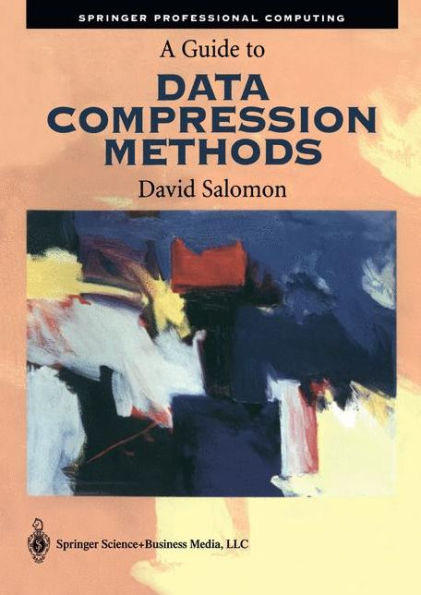5
1
9780387952604


A Guide to Data Compression Methods / Edition 1 available in Paperback

A Guide to Data Compression Methods / Edition 1
- ISBN-10:
- 0387952608
- ISBN-13:
- 9780387952604
- Pub. Date:
- 02/08/2002
- Publisher:
- Springer New York
- ISBN-10:
- 0387952608
- ISBN-13:
- 9780387952604
- Pub. Date:
- 02/08/2002
- Publisher:
- Springer New York
54.99
In Stock

Product Details
| ISBN-13: | 9780387952604 |
|---|---|
| Publisher: | Springer New York |
| Publication date: | 02/08/2002 |
| Edition description: | 2002 |
| Pages: | 295 |
| Product dimensions: | 7.01(w) x 10.00(h) x 0.02(d) |
From the B&N Reads Blog
